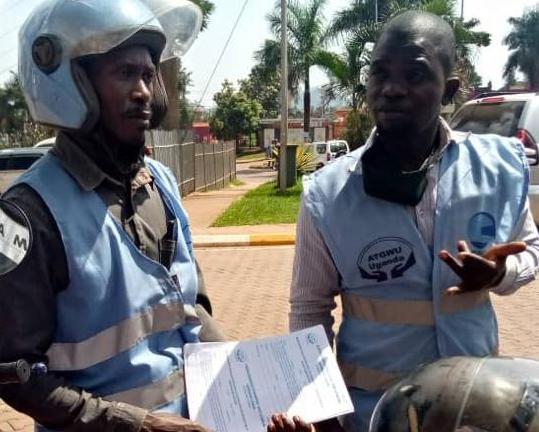
1 minute read
What has been the impact of Covid-19 on the informal transport industry?
The public transport industry faces significant reductions in passenger numbers to ensure social distancing, radically reducing fare income. Passenger demand has also dropped and is expected to remain below pre-Covid levels for the foreseeable future.
For the informal transport industry, which is completely dependent on passenger fares to function, the results of Covid-19 are catastrophic, with many operators already on the verge of bankruptcy. Yet it is informal transport workers rather than vehicle owners themselves who are being hit hardest:
Covid-19 has exacerbated the vulnerability of transport sector workers, particularly minibus drivers and conductors in the paratransit system. In general, owners of informal minibuses do not absorb demand risks, nor do they have significant fixed costs. On the other hand, minibus drivers and conductors often absorb the risks of plummeting transport demand.’
World Bank/Africa Transport Policy Programme (SSATP). 2020. Urban Mobility and Covid-19 in Africa, p4
In South Africa, owners have forced the government to reverse safe-distancing requirements so that they can continue to turn a profit on their vehicles. Rather than only being allowed to carry passengers at 50 percent occupancy, as was the case at the beginning of the Covid-19 crisis, minibuses are now able to run at 100 percent occupancy, while long distance taxis can run at 70 percent.3
This reversal of safety restrictions is putting the lives of transport workers and passengers at risk. It shows that, once again, it is workers who shoulder the burden of risk – both in terms of their livelihoods and their health – in the informal transport industry.
The irony of the current situation is that, while in many places the informal transport industry teeters on the edge of bankruptcy and its workers face the prospect of joblessness, the vital role of the industry and its workers in keeping cities moving and providing services to other critical workers has rarely been made so clear.







